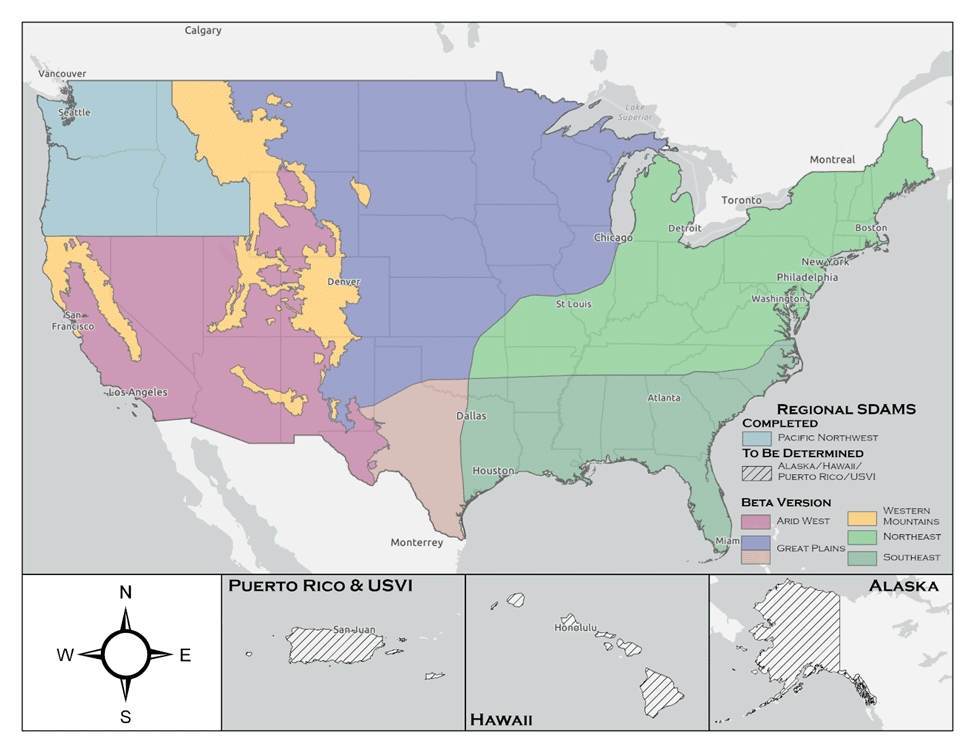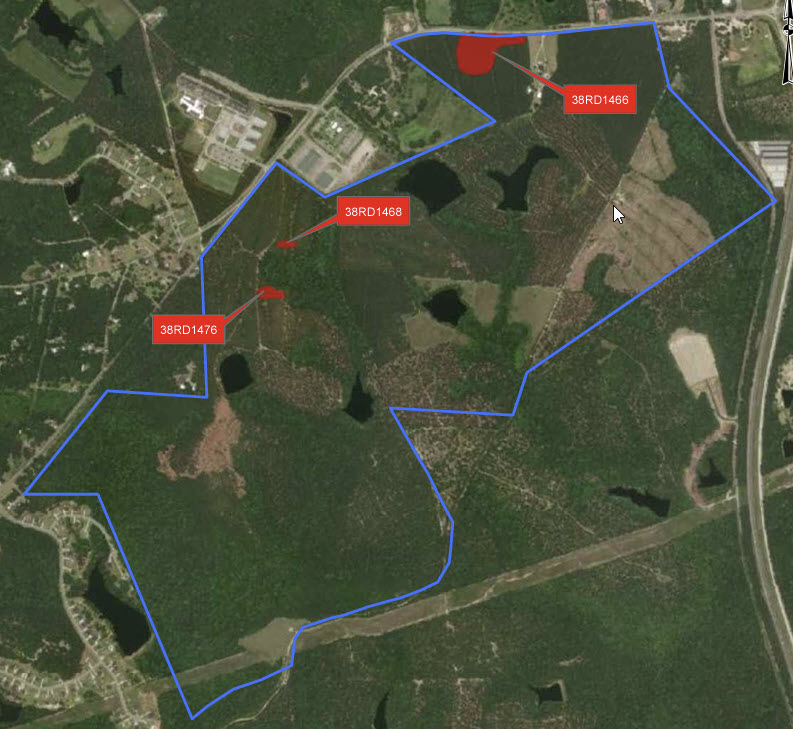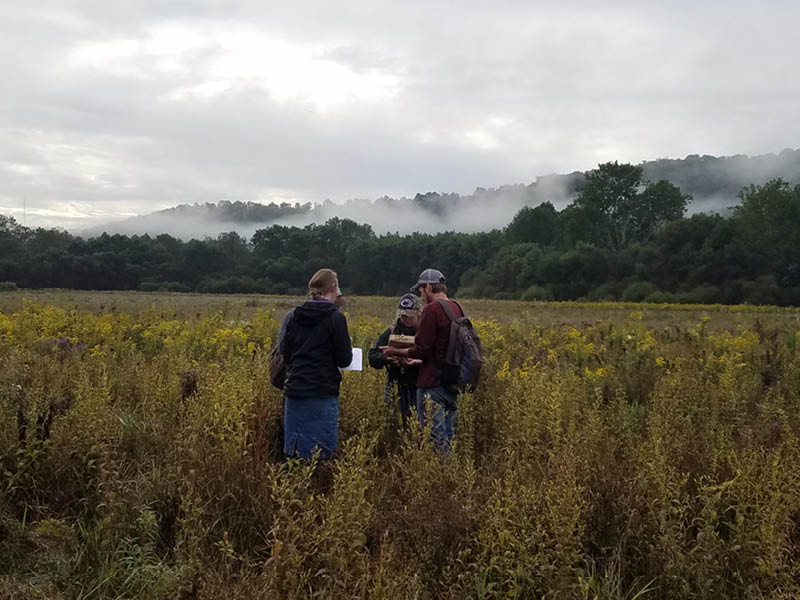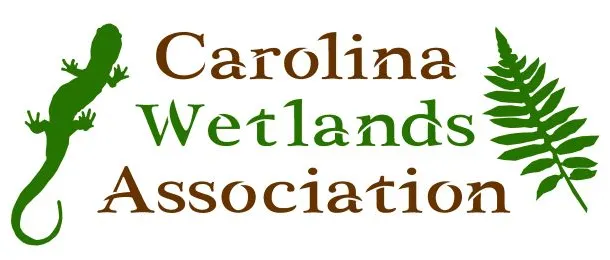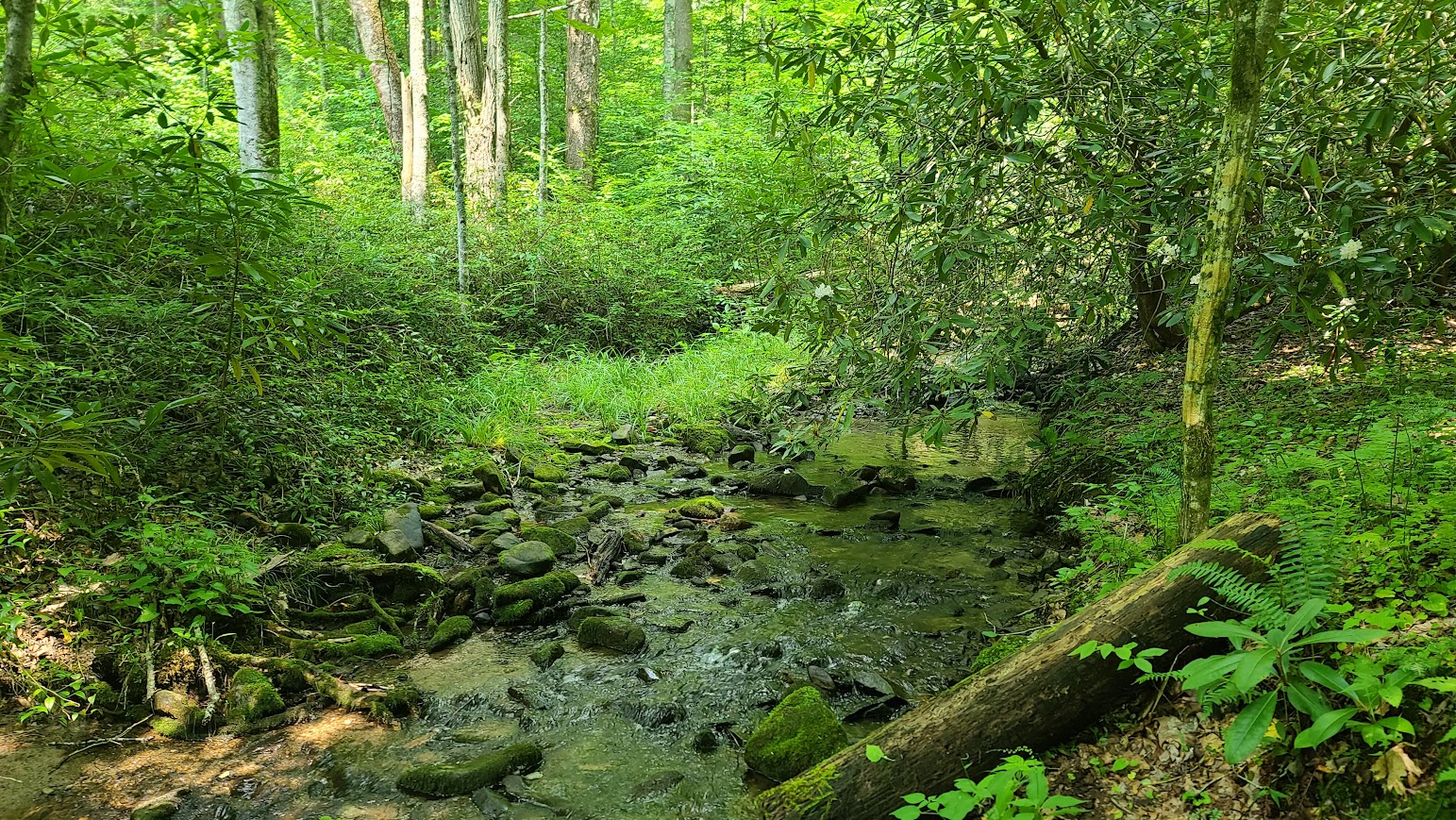
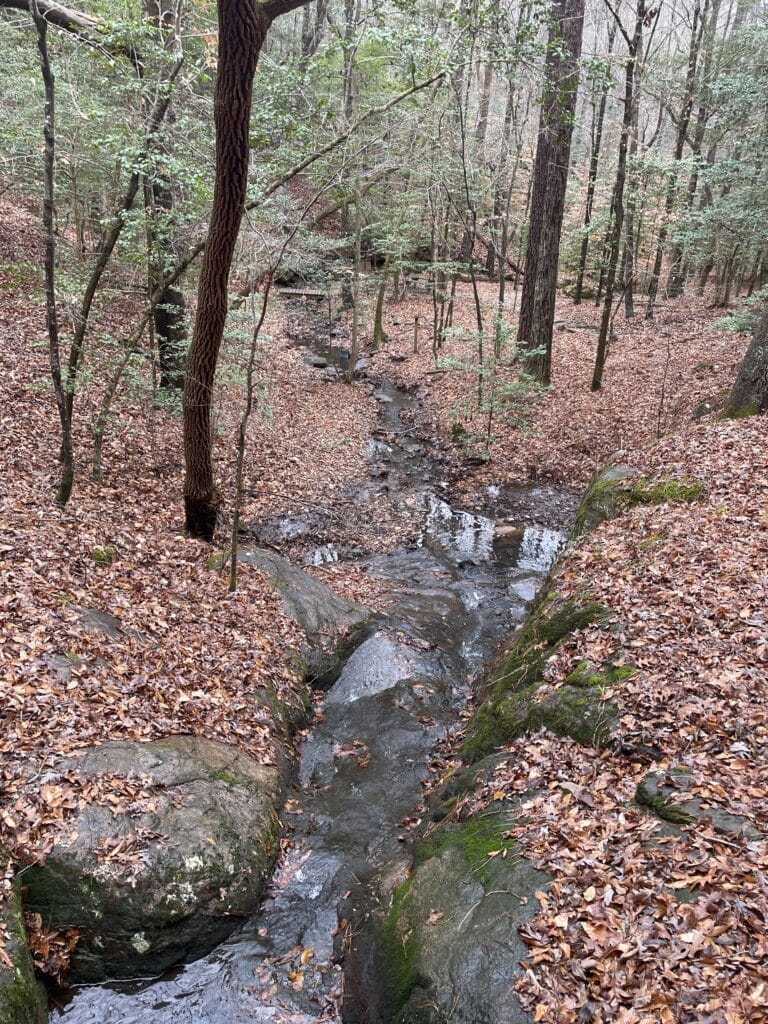
The U.S. Army Corps of Engineers (USACE) has developed the Stream Duration Assessment Model (SDAM), a groundbreaking tool that significantly enhances the regulatory oversight and protection of the nation’s water resources. This model plays a critical role in managing and safeguarding streams and wetlands, crucial for maintaining biodiversity, water quality, and flood mitigation. The SDAM is designed to classify streams based on their flow characteristics—perennial, intermittent, or ephemeral—crucial for determining the jurisdictional status of water bodies under the Clean Water Act (CWA). This article explores the integration of state-established models with the SDAM for regulatory purposes and highlights its nationwide applicability for wetland permits.
The SDAM employs a science-based approach, integrating hydrological data, GIS analyses, and field observations to assess stream flow characteristics accurately. This standardized method is vital for delineating the scope of regulatory oversight, ensuring environmental impacts are thoroughly evaluated and mitigated, particularly in the context of Section 404 of the CWA, which governs the discharge of dredged or fill material into waters of the United States.
State-established models of stream flow complement the SDAM by providing detailed insights into the flow regimes of streams within specific geographic areas. These models, developed based on localized data, enhance the precision of the SDAM by incorporating nuanced understandings of stream behavior, reflecting the unique ecological conditions of different regions. Integrating these models involves aligning methodological approaches, standardizing stream type definitions, and harmonizing data analysis techniques to ensure consistency across jurisdictions.
The combined use of the SDAM and state models offers a more nuanced assessment of streams for regulatory purposes. It facilitates more informed decisions regarding wetland permits by identifying streams with significant ecological functions or those critical to maintaining watershed health. This approach supports a more adaptive and responsive regulatory framework, allowing for updates with new data as environmental conditions change, ensuring the relevance and effectiveness of stream assessments.
Nationwide, the applicability of the SDAM, enhanced by state-specific models, encourages collaboration among federal, state, and local agencies. This collaborative approach improves the regulatory process’s efficiency and fosters a shared commitment to protecting water resources. It exemplifies the balance between economic development and environmental stewardship, promoting the sustainable management of aquatic ecosystems.
Furthermore, the integration of state models with the SDAM highlights the USACE’s commitment to using science and technology to improve environmental regulation. It reflects a shift towards data-driven decision-making, setting a precedent for future innovations in water resource management. As the model is refined and updated, its utility for regulatory purposes will continue to improve, ensuring that development and infrastructure projects proceed in an environmentally responsible manner.
The integration of the Stream Duration Assessment Model (SDAM) with state-specific methods, such as the North Carolina (NC) method for assessing stream flows, exemplifies a tailored approach to environmental regulation and water resource management. North Carolina has developed its own methodologies for classifying streams and assessing their ecological significance, which can complement the broader framework of the SDAM.
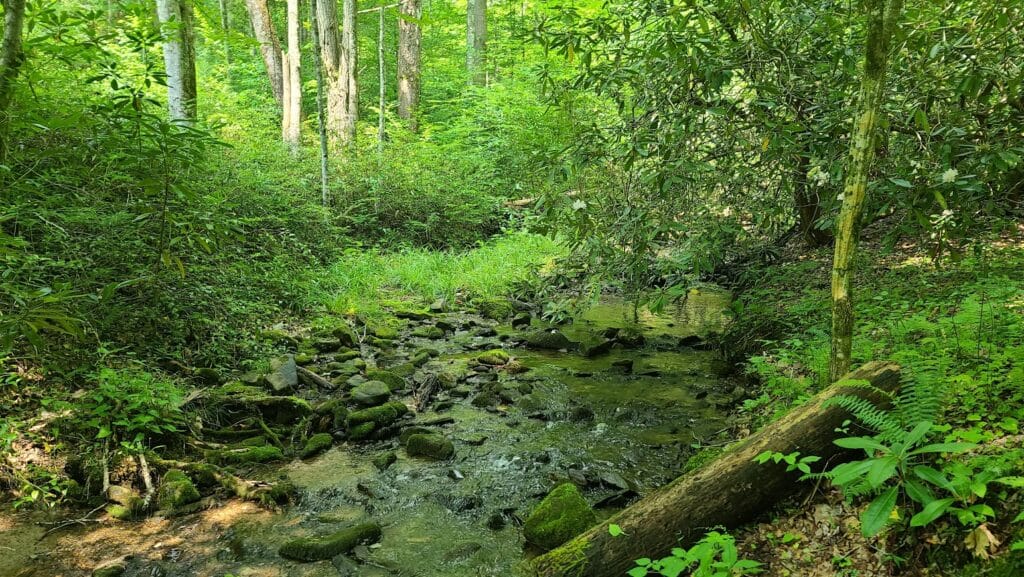
Example: North Carolina’s Stream Identification Method
North Carolina’s method for stream identification and classification is designed to meet the unique ecological and hydrological conditions of the state, which range from the Appalachian Mountains in the west to the coastal plains in the east. This method involves detailed field assessments, including the examination of physical, chemical, and biological indicators to determine stream types and their jurisdictional status under state and federal regulations.
Key aspects of the NC method include:
- Physical Indicators: These include the presence of a well-defined channel, bed and banks, and evidence of flow (e.g., water marks, sediment sorting) to distinguish between perennial, intermittent, and ephemeral streams.
- Biological Indicators: The presence of aquatic life, such as fish and macroinvertebrates, which are indicative of perennial or intermittent streams capable of supporting diverse biological communities.
- Hydrological Data: Use of historical precipitation, stream gauge data, and other hydrological models to predict flow durations and patterns throughout the state’s diverse landscapes.
Integrating the NC method with the SDAM allows for a comprehensive assessment that leverages local expertise and data while aligning with national standards for water resource management. This integration enhances the precision of stream classifications and the effectiveness of regulatory processes, including permitting for activities that impact water resources.
For example, when a developer proposes a project in North Carolina that may affect waterways, the combined use of the NC method and the SDAM ensures a thorough evaluation of potential impacts on stream flow and aquatic habitats. This dual approach facilitates informed decision-making regarding permit issuance, mitigation measures, and conservation efforts, balancing development needs with environmental protection.
Nationwide Implications
The example of North Carolina illustrates how state-specific methods can enhance the effectiveness of the SDAM in managing water resources across the U.S. By integrating localized approaches with the broader framework of the SDAM, states can ensure that regulatory processes are adapted to their unique environmental conditions, promoting sustainable water resource management and protection at both the state and national levels. This collaborative approach underscores the importance of tailored strategies in addressing the complex challenges of environmental stewardship and water resource regulation.

